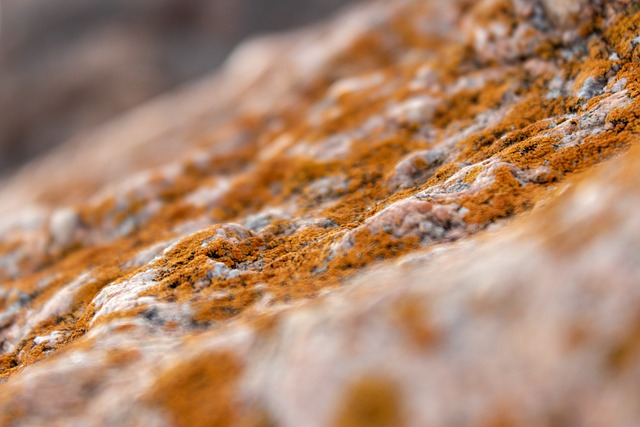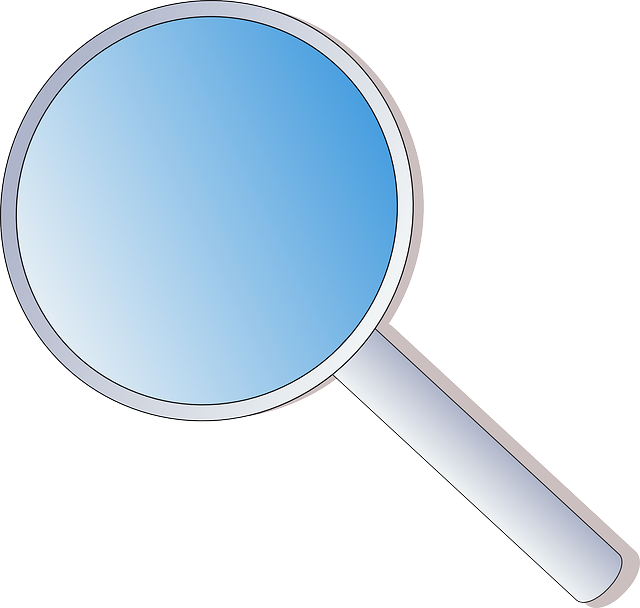Understanding mold lab results is crucial for mitigating health risks from water leaks in Boerne, identifying mold types and levels. Prompt action is key, focusing on containing and remediating leaks, drying areas, cleaning surfaces with bleach or antimicrobial cleaners, and discarding porous materials to prevent mold growth (How to prevent mold after a water leak in Boerne).
Discover the crucial steps involved in interpreting mold inspection lab results, especially post-water leaks. This comprehensive guide delves into understanding the science behind lab assessments and offers insights into identifying and mitigating mold growth in your home or property in Boerne. Learn how to navigate the process, from recognizing water leak-induced mold growth to implementing effective preventive measures. By following these strategies, you can ensure a healthier environment and prevent future mold-related issues.
- Understanding Mold Inspection Lab Results
- Interpreting Water Leak-Induced Mold Growth
- Preventive Measures After a Water Leak in Boerne
Understanding Mold Inspection Lab Results

Understanding Mold Inspection Lab Results
Interpretation of mold inspection lab results is crucial when dealing with water leaks, especially in places like Boerne. The report will provide detailed information about the types and levels of mold present in your home or property after a leak. This data helps identify potential health risks and guides the next steps for remediation. Knowing how to read these results is essential for effectively preventing further mold growth and ensuring a safe living environment, particularly with effective strategies like How to prevent mold after a water leak in Boerne.
Lab reports often include a breakdown of different mold species, their concentrations, and where they are located. This information is key in determining the extent of the issue. For instance, high levels of toxic mold may require immediate action due to potential health effects. Conversely, low-level growth could be addressed through targeted cleaning and prevention tactics, including How to prevent mold after a water leak in Boerne.
Interpreting Water Leak-Induced Mold Growth

Interpreting Water Leak-Induced Mold Growth in Boerne
When addressing water leak-induced mold growth, it’s crucial to act swiftly and understand the implications. The first step is identifying the extent of the damage. Inspect the area for signs of water intrusion, such as stains on walls or ceilings, musty odors, or visible water damage. If a water leak has occurred, prompt action is essential to prevent further mold development. How to prevent mold after a water leak in Boerne involves assessing and mitigating the situation before it escalates.
Immediate containment and remediation are key. Turn off the water source if accessible, and use fans and dehumidifiers to dry out the affected areas quickly. It’s recommended to consult with professionals who specialize in mold inspection and remediation, especially if the leak was significant or the damage extensive. They can provide detailed guidance tailored to Boerne’s specific conditions, ensuring effective How to prevent mold after a water leak in Boerne strategies are implemented.
Preventive Measures After a Water Leak in Boerne

After experiencing a water leak in your Boerne home or property, immediate action is crucial to prevent potential mold growth. The first step is to locate and fix the source of the leak as quickly as possible. Once the leak is contained, it’s essential to dry out the affected areas thoroughly using fans and dehumidifiers. This rapid drying process significantly reduces the likelihood of mold development.
Next, thoroughly clean all surfaces that came into contact with water, using a solution of one cup of bleach per gallon of water. For hard-to-reach areas or surfaces that can’t be treated with bleach, consider using an antimicrobial cleaner. Finally, dispose of any porous materials—such as carpeting, insulation, or drywall—that have been damaged by water, as these items are prone to mold growth even after drying. This step is vital in the process of how to prevent mold after a water leak in Boerne.
Understanding mold inspection lab results is key to effectively addressing moisture-related issues. When interpreting water leak-induced mold growth, it’s crucial to identify the type of mold and its potential health impacts. For homeowners in Boerne, taking prompt action after a water leak—including implementing preventive measures like proper ventilation, dehumidification, and professional cleaning—is essential to stop further mold development and protect both property and health. By following these steps, you can ensure a mold-free environment and avoid the need for extensive restoration efforts.
